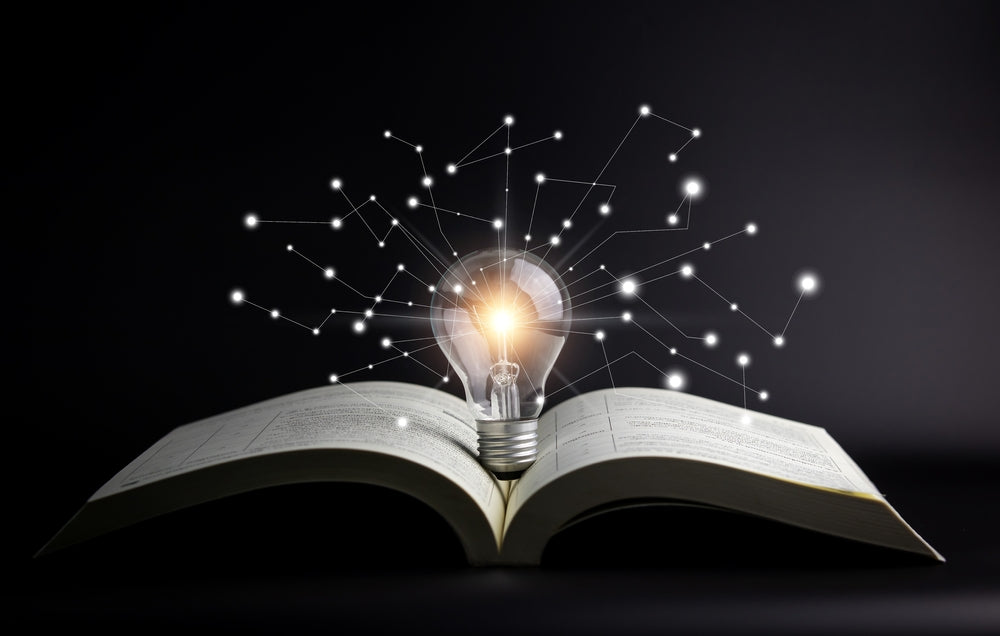People dealing with seasonal depression have often found relief through the use of bright light therapy. A new study suggests that people suffering from nonseasonal depression may also benefit from bright light therapy.
Bright light therapy has been traditionally used for seasonal depression, which is associated with the shorter, dark days of winter but researchers sought to determine if it could be used for nonseasonal depression as well.
Researchers evaluated data from 11 clinical trials involving 858 adults diagnosed with nonseasonal depression. The study participants were randomly assigned to be in a group that received bright light therapy along with antidepressants, just bright light therapy or to a control group that got either dim red light therapy, placebo or medication. The bright light therapy lasted at least 30 minutes and the light boxes that were used had a brightness of 10,000 lux, which is comparable to outdoor light on a sunny day.
The study findings revealed that the participants who received bright light therapy were more than twice as likely to report less symptoms of depression or report remission of their symptoms than those participants who did not receive bright light therapy.
Researchers were not able to determine precisely how many weeks of treatment are optimal and they were unable to determine between the effects of bright light therapy for bipolar disorder and other types of nonseasonal depression.
As always, it is recommended to discuss any potential treatment option with your healthcare provider including bright light therapy to see if this type of treatment good be helpful for you.














